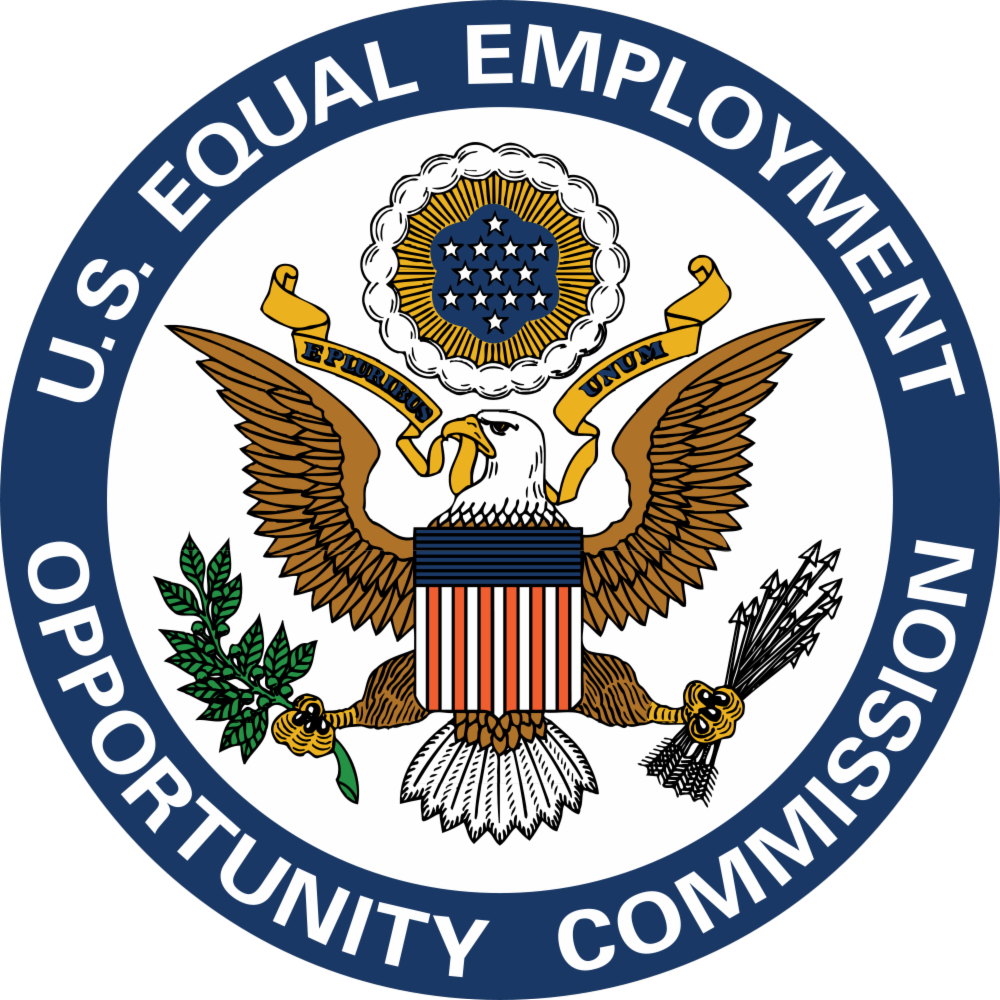
The Equal Employment Opportunity Commission (EEOC) recently issued proposed guidance crystallizing the agency’s expectation that employers be proactive in eliminating workplace harassment. The Proposed Enforcement Guidance on Unlawful Harassment, which was published on January 10th, requires that employers implement programs to combat “known or obvious risks of harassment,” and states that a failure to do so could result in the loss of traditional affirmative defenses to harassment claims.
Indeed, the proposed guidance makes clear the EEOC’s long-held position that employers have an affirmative duty to respond to conduct that does not constitute actionable harassment in order to prevent further escalation that could lead to a cognizable legal claim.
The proposed guidance includes a section titled “Promising Practices,” which lists “five core principles” that the EEOC states “have generally proven effective in preventing and addressing harassment”:
- Committed and engaged leadership
- Consistent and demonstrated accountability
- Strong and comprehensive harassment policies
- Trusted and accessible complaint procedures
- Regular, interactive training tailored to the audience and organization
These practices should not be confused with affirmative defenses to harassment claims. However, here is direct interplay between implementation of these practices and an employer’s reliance on the Faragher/Ellerth defense, which allows an employer that exercised reasonable care to prevent and promptly correct harassment to rebut a harassment claim.
To be sure, an employer will be much better positioned to assert this defense if it can establish that:
(i) Corporate leadership prioritizes the elimination of workplace harassment (both in word and deed)
(ii) It enforces a comprehensive and clear anti-harassment policy that is regularly communicated to all employees
(iii) It created an effective and easily understood internal complaint system with multiple avenues of complaint, and a process for investigating and resolving harassment complaints by neutral, well-trained HR professionals
(iv) It regularly conducts anti-harassment training aimed at educating all employees on rules, policies, procedures, and consequences of policy violations
Notably, the guidance further illustrates the agency’s broad interpretation of the types of harassment prohibited by Title VII — which historically has been limited to harassment based on race, color, national origin, religion, sex, age, and disability. Under the proposed guidance, harassment claims could extend to harassment actions based on sex stereotyping, sexual orientation, gender identity, genetic information, and pregnancy. Moreover, the EEOC has announced that it will entertain harassment claims:
- Based on “perceived” membership in a protected class (even if the perception is incorrect)
- For “associational harassment,” where an employee who is a member of a protected class, claims harassment based on their association with individuals who do not share their protected characteristics
- Where the alleged harassment was not directed at the complainant
- In instances where the alleged harassment occurred outside of the workplace
The proposed enforcement guidance, if and when effected, will not have the force of statutory or regulatory authority. This means that the ultimate consequence of this guidance will largely depend on how much deference a reviewing court pays to the EEOC’s position as the federal agency tasked with enforcing Title VII. That said, the guidance is instructive with respect to how the EEOC is likely to evaluate, investigate, and prosecute administrative complaints filed with the agency.
The proposed guidance was initially open to public comment until February 9, 2017, but the EEOC announced last week that the deadline would be extended to March 21. Employers interested in commenting can submit comments through www.regulations.gov, or by sending written feedback to: Public Input, EEOC, Executive Officer, 131 M Street, N.E., Washington, D.C. 20507. In addition, issuance of the proposed guidance provides employers with an opportunity to evaluate their internal procedures against the EEOC’s “Promising Practices,” including a review of anti-harassment policies and complaint procedures and the provision of timely and appropriate training for employees.